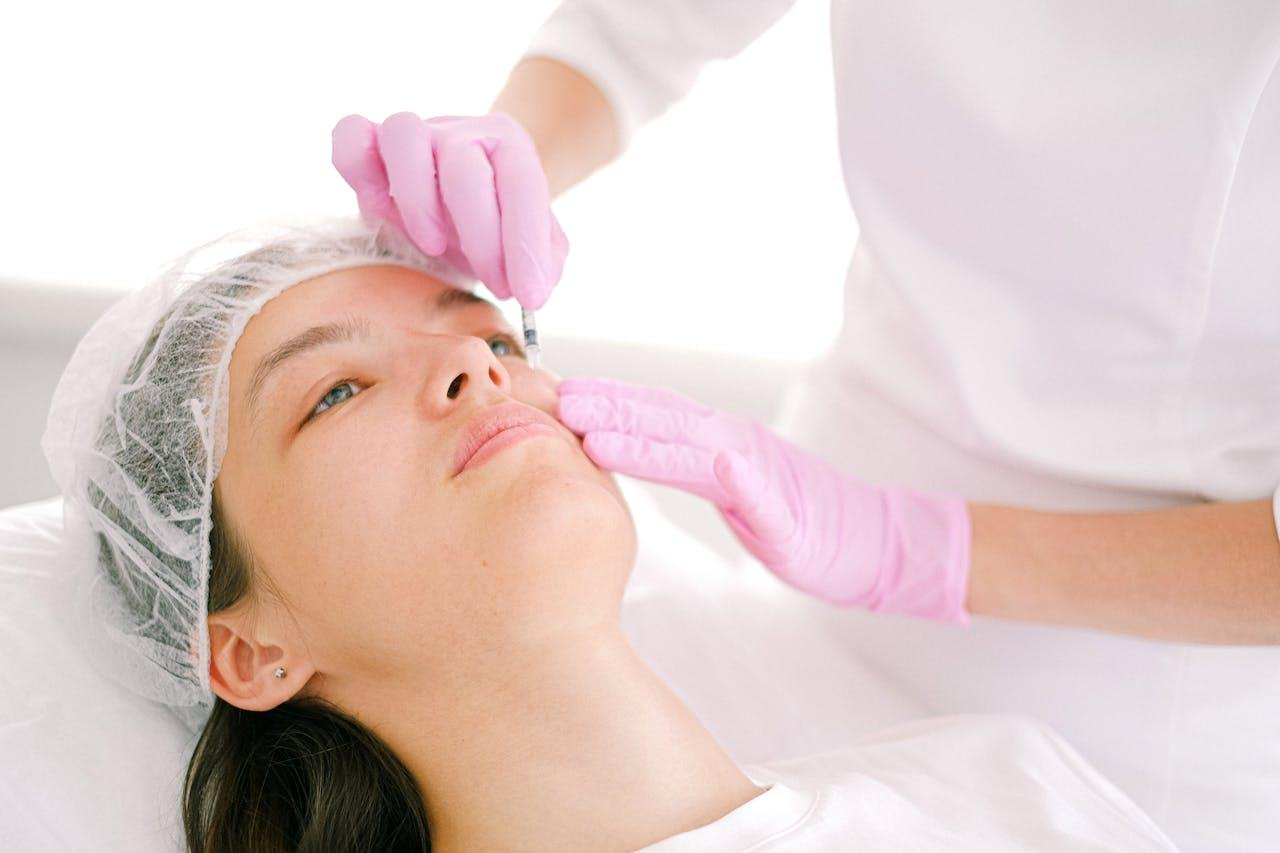
Korean skincare, or K-Beauty, has become a global phenomenon, celebrated for its innovative products and effective routines. But with its rise to fame, several myths and misconceptions have surfaced. Some believe K-Beauty is all about 10-step routines, while others think it’s only suitable for certain skin types.
The idea of a 10-step routine is perhaps the most widespread myth about Korean skincare. It’s easy to see why—many K-Beauty guides and influencers often highlight this as the gold standard for achieving flawless skin.
Korean skincare is less about following a rigid 10-step routine and more about tailoring your routine to suit your specific needs. Some people might need only three or four steps, while others might benefit from additional products.
For instance, a simple yet effective routine could include:
The focus is on listening to your skin and giving it what it needs—not mindlessly layering on products.
Another common misconception is that K-Beauty caters exclusively to women. From product packaging to marketing campaigns, the industry can seem overwhelmingly feminine.
Korean skincare is designed for all genders and skin types. Many Korean brands offer products specifically tailored for men, focusing on concerns like oil control, post-shaving irritation, and hydration.
Even gender-neutral products, such as the best Korean cleansing oil and lightweight gel moisturizers, work wonders for everyone. K-Beauty emphasizes universal skincare principles like hydration and sun protection, which are essential regardless of gender.
Some people assume that Korean skincare products are interchangeable and that all brands essentially offer the same formulations.
Korean skincare is a diverse industry with brands specializing in different aspects of skin health. For example:
Exploring the unique offerings of each brand can help you find products that align with your specific skincare goals.
Some critics argue that K-Beauty focuses too much on hydration and doesn’t use potent enough ingredients to tackle serious skin concerns like acne, wrinkles, or hyperpigmentation.
Korean skincare values gentle formulations that work over time to improve your skin without causing irritation. However, this doesn’t mean the products lack power. Many K-Beauty products feature advanced ingredients like:
These formulations are proof that you don’t need harsh, irritating products to see real results.
With luxurious brands like O Hui or Sulwhasoo leading the charge, many people believe K-Beauty is unaffordable for the average consumer.
Korean skincare caters to a wide range of price points. While luxury products like O Hui The First Geniture Ampoule Advanced are undeniably splurge-worthy, there are also budget-friendly options that deliver excellent results. Brands like Etude House, Missha, and COSRX offer affordable yet effective products that are easily accessible.
Even premium items, like the best Korean cleansing oil, often cost less than similar-quality Western counterparts. K-Beauty’s value lies in its ability to provide high-performing products at various price levels.
Now that we’ve busted these myths, here are a few tips for getting the most out of Korean skincare:
Korean skincare is more than just a trend—it’s a thoughtful, science-backed approach to achieving healthy, glowing skin. By debunking myths like the need for a 10-step routine or the misconception that K-Beauty is only for women, it’s clear that this skincare philosophy is versatile and inclusive.
Whether you’re using a luxurious treatment like O Hui The First Geniture Ampoule Advanced or exploring the best Korean cleansing oil, K-Beauty offers something for everyone. The key is to understand your skin, tailor your routine, and embrace the innovative products and gentle formulations that make Korean skincare so effective.
With a little patience and the right products, you can enjoy the benefits of K-Beauty—and achieve your healthiest skin yet!